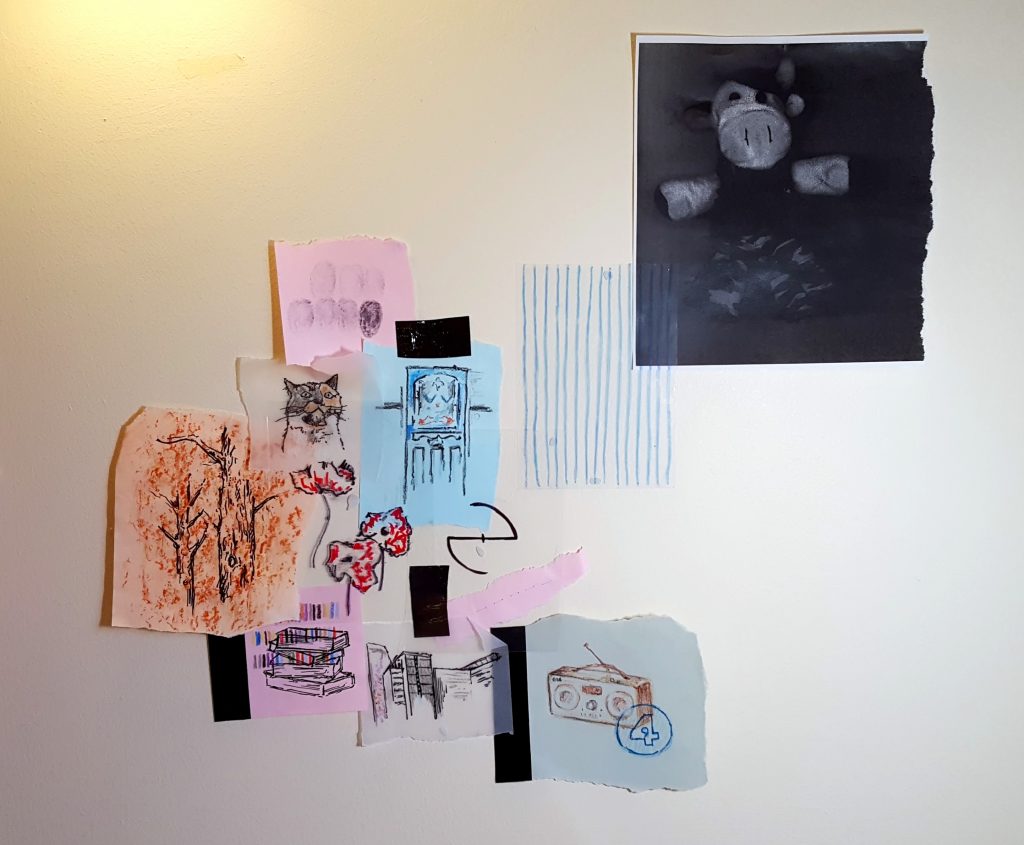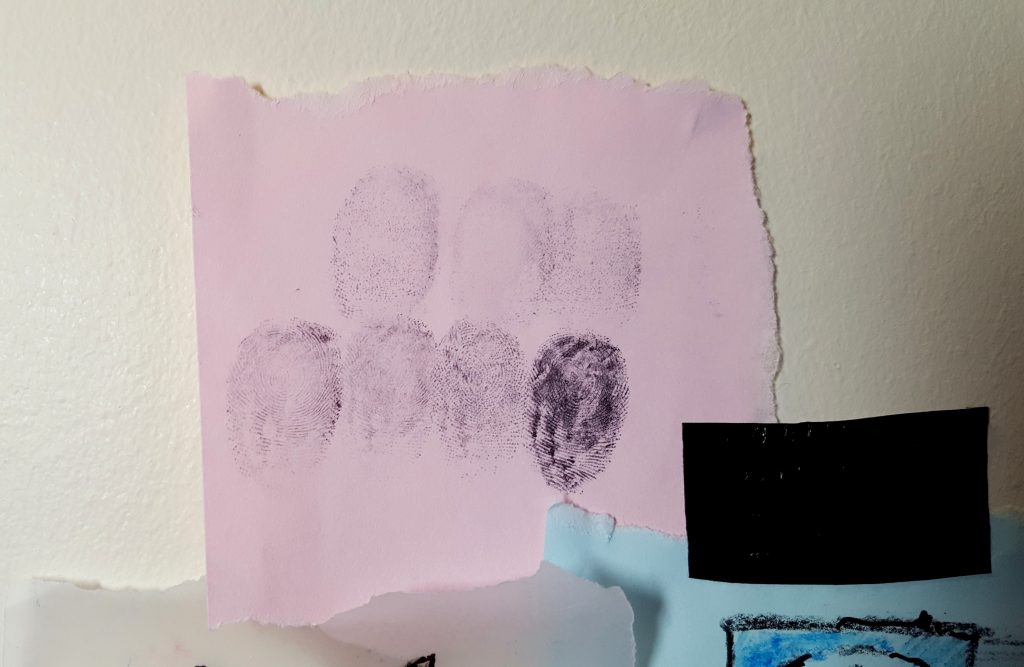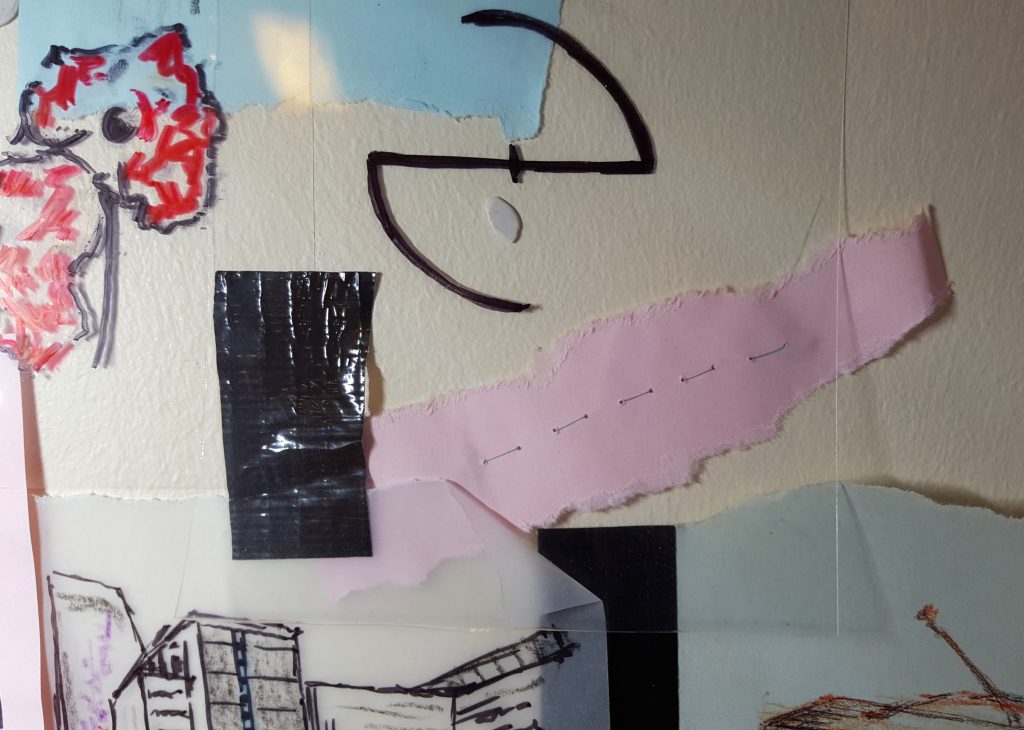ROSENTHALL, S. (2011) Pipilotti Rist: Eyeball Massage, UK: St Ives Westerham Press, Hayward Publishing
Eyeball Massage explores work by video-installation artist, Pipilotti Rist, and acts as an accompaniment to Rist’s exhibition at the Hayward Gallery in London (September 2011-January 2012), but also includes earlier works. It contains essays that explore different aspects of Rist’s art, for example how the viewer is involved in the art through the use of video projections, the relationship between the body and camera, and the use of three-dimensional forms and viewing areas.
The book combines an introduction by two gallery directors, followed by five essays from authors (including the exhibition curator). Rist’s techniques are examined and comparisons to artists with similar visual or conceptual ideas are suggested.
As the Gallery where Pipilloti Rist’s Exhibition took place produced the book, the viewer can understand why the writers’ viewpoints are entirely positive, as the book acts to promote Rist’s work and explain her relevance in the contemporary art scene.
The design of the book first engaged me through its choice of holographic-style cover and the vibrant, pixelated glitches seen on opening the book. The editing of the colours in the video work is pleasing to the eye, as intended by the artist (suggested through the title Eyeball Massage). This design acts as an indication of the type of artwork that Rist produces. Recurring motifs are included in Rist’s work, such as those of fairytales, the body, nature and water, which through her art take on a dreamlike, luscious, futuristic appearance. I love the idea of installation art and the intense experience created which the viewer can engage with. Rist’s bold, psychedelic, often intimate videos frequently question the ‘politics of the female body’. Through her art, Rist demonstrates her ‘desire for erotic, emotional and social freedom’ (Iles, C. page 111) and through the strong, visually interesting video-art and installation, the art avoids the objectification of the female body that is often prevalent in media and cinema.



